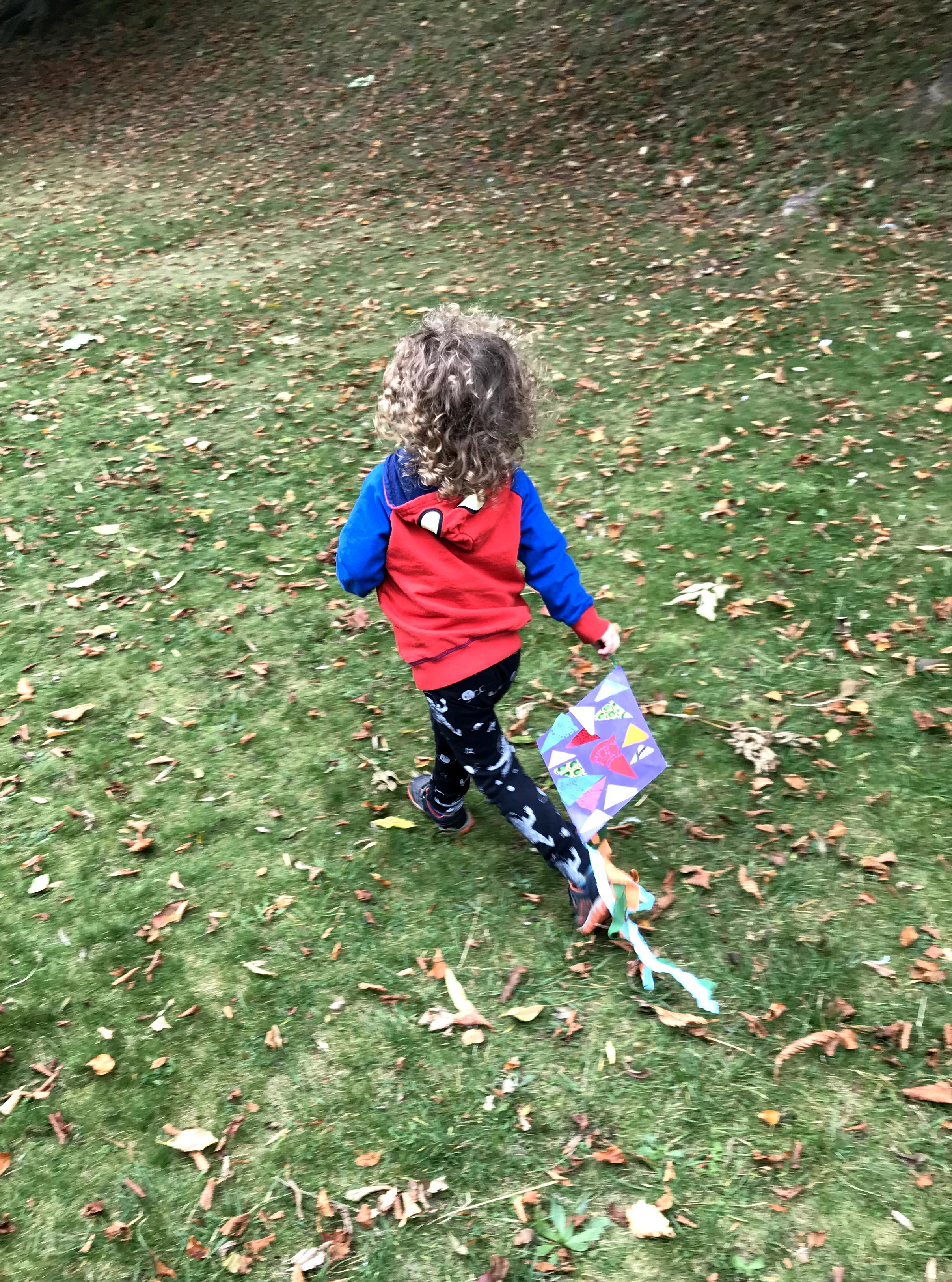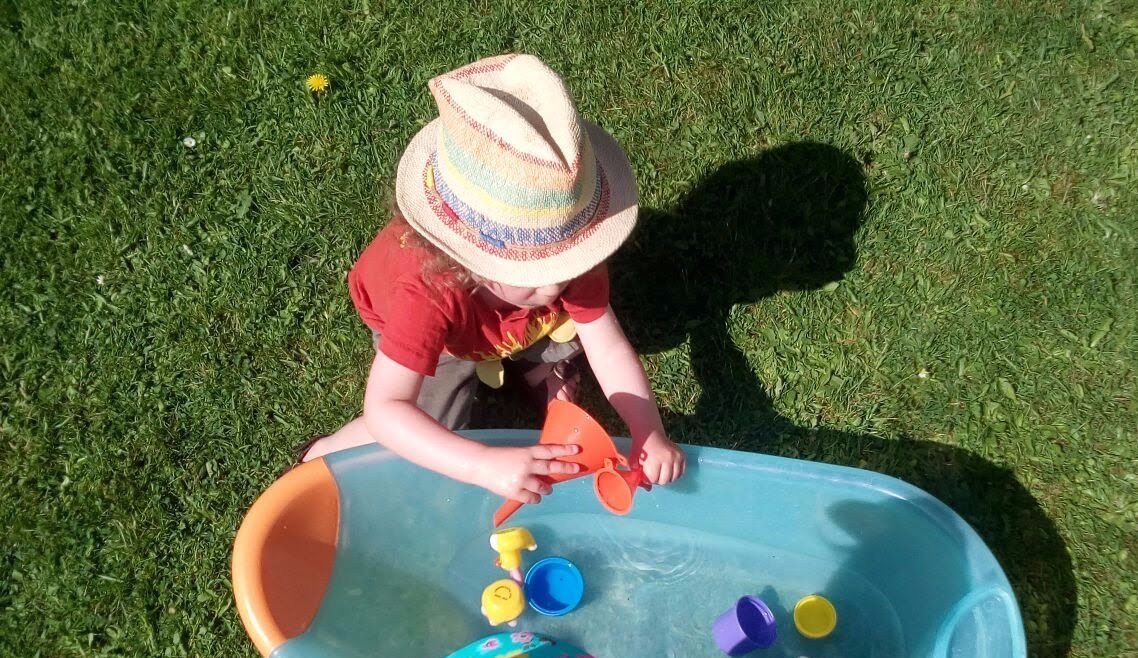Getting young children interested in environmental issues
The sun provides energy for all life on Earth, and generating power from renewable energy sources will be what sustains our future. Non-renewable energy sources include fossil fuels that come from beneath the ground
and take thousands of years to form, these have a serious impact on our environment.
It may seem like an impossible task trying to explain to a young child the concept of energy and how it plays such an important part in our lives. How do you get them to understand
how energy heats and lights our homes, allows us to use our appliances, makes our vehicles go and planes fly? Or that energy comes from renewable and non-renewable sources?
Your child's understanding will mainly depend on their age, all I'm suggesting are activities to encourage their curiosity and knowledge in their energy usage and provide them with
tips on building a more sustainable environment for themselves in a fun and play oriented way.
Renewable Energy - Activity Ideas
You can run the activities in conjunction with a number of Annual Environmental Dates, such as Earth Day.
- Talk about how technology leaves a carbon footprint and the different ways to save energy at home.
- Give your child energy saving jobs that they are in charge of around the house.
- Make up a story with your child about saving energy using photos.
- Draw pictures with your child taking part in energy saving actions.
- Make up a song about saving energy.
- Buy solar energy kits such as lights, fans or solar powered toys.
Energy - Activity Ideas
The following activities are starting points to see how simple it is to use nature to create energy through wind, water, and sunshine.
Wind Energy
As the sun warms the Earth, different surfaces are heated differently, this causes air to move, and that moving air or wind, is a form of energy.

Learning about Wind Energy.
Kite
Cut out a diamond shape from paper, and attach 2 paper straws or popsicle sticks to the back. Decorate the kite with felt tips, paints, stickers etc to decorate it. Then attach strips of crape paper to the bottom.
Wind Streamers
Attach strips of cut crate paper, ribbons or old t-shirts to a large stick.
Boats
You can design little sailboats out of recycled bottles with sails made of paper and lollypop sticks. Once done, place the boats in water.
Questions to ask:
- Can they see it move?
- What kind of energy is making it move?
- Where is the wind blowing the strongest?
- What else can wind move?
You can show pictures of wind turbines and explain that wind energy had been used to pump water, grind grain and electricity for a long time. Wind turbines capture the wind energy by turning the blades which spins a turbine inside a small generator to produce electricity.
Solar Energy
The sun is approximately 93 million miles away but it only takes light 8 minutes to reach earth. Solar energy has been used by people for a long time to heat their homes, cook food, remove salt from seawater and dry clothes.
Melting ice
Place a cup of ice water in 2 different locations, one sunny and one shady, and wait for a couple of hours.
Questions to ask:
- What might happen to both cups?
- Why does one melts faster than the other?
Drying clothes
Use a small, fold up washing rack so that your child can hang out smaller items of clothing while you hang out bigger items.
Questions to ask:
- Which are the best days for drying the washing outdoors, and why?
- Where to place the rack indoors?
Evaporation
In a sunny spot, with some water, paint a path, rock, or other hard, flat surface.
Questions to ask:
- What might happen to the water paintings?
You can show pictures of solar panels and explain that they turn the suns energy into electricity.
Water Energy
Water is another very important energy resource. People, plants and animals all depend on water. Gravity makes water move.
The energy in moving water is the most fun of all energy types - kids love water.
Movement
Put a number of lids, leaves, and other objects in some water and investigate how they move with spoons and whisks. Chuck stones into water and watch the ripples move across the surface. Jump in puddles to explore ripples in water.

Learning about Water Energy.
Questions to ask:
- How can you make water move?
- What does it look like?
- How can you create big ripples in the water?
- How can you make small ripples?
- What happens to the objects in the water when it’s moving?
You can show pictures of hydropower technology and explain that hydropower uses the energy of flowing water to turn the turbine, which rotates a generator to produce electricity.